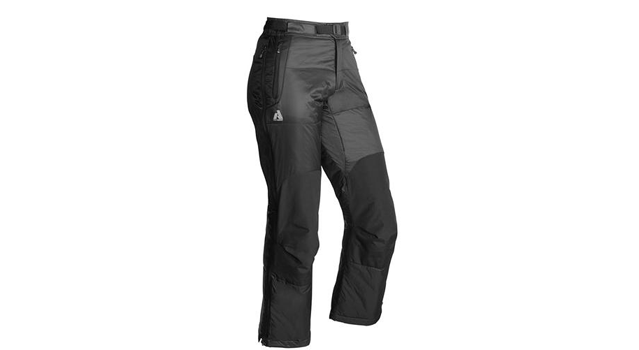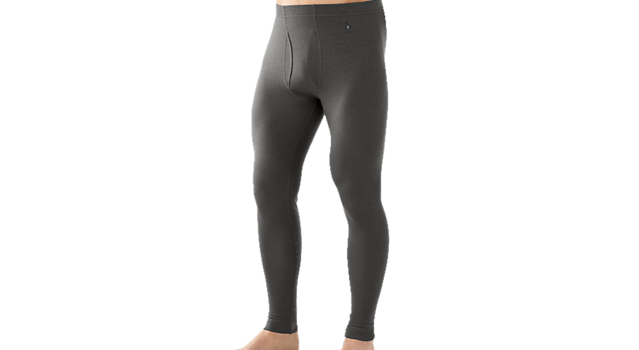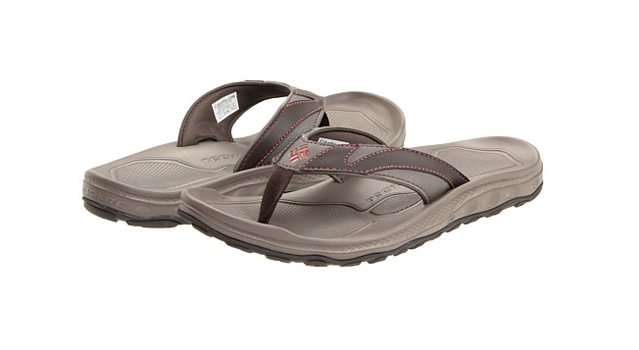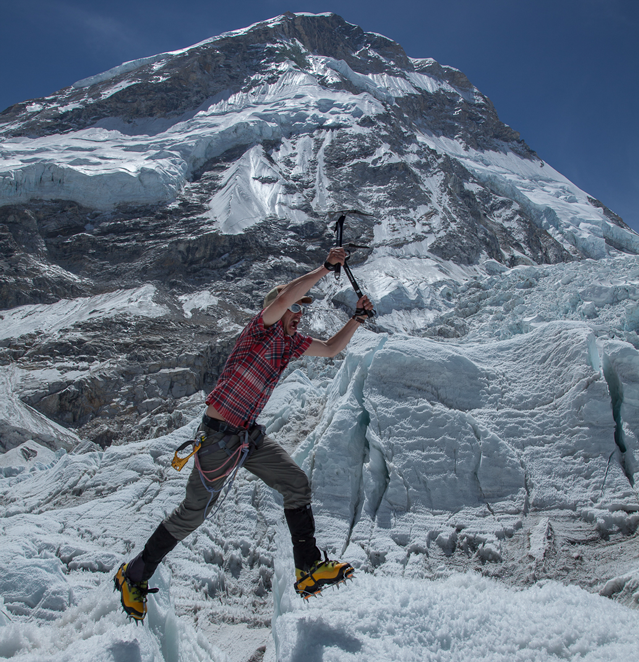Many of you followed our man Grayson Schaffer’s excellent coverage of the climbing season on Mount Everest. For five weeks, he lived at Base Camp at 17,598 feet, filing reports on what proved to be an exciting, and tragic, climbing season.
The weather at Base Camp can vary wildly, from sub-zero at night, to rainy or snowy, from calm to wind, to warm and sunny. Grayson says Base Camp really wasn’t as cold as people might expect–and in fact, with the sun out it can be oppressively hot. But then the sun goes behind a cloud and the temperature drops 60 degrees. So having clothing that can readily adapt to those temperature differences is important. Grayson found that you need to layer up, so you can quickly change your clothing mix. And you’ll want stuff that doesn’t need to be cleaned often, as doing laundry is out of the question.
I asked Grayson: What pieces of gear did you find indispensable at Base Camp? The answers might surprise you.
What To Wear at Everest Base Camp: Eddie Bauer Primaloft Igniter Pants

Grayson found that a heavy layer on his legs, such as these Eddie Bauer insulated pants ($149), helped him regulate his upper body temperature well because the lower body isn’t quite as sensitive to the temperature swings that are common at Base Camp.
They’re lightly but warmly insulated with 100-gram Primaloft, a synthetic insulation that remains one of the best synthetic fills because of its softness and water-repellency. The Igniters have a shell made from nylon that is treated with water proofing to keep you dry. They have two side pockets, side zippers for easy on-off, and articulated knees for good range of motion. And they’re darn comfortable.
The Alternate: Similar to the Igniters is the Mountain Hardwear ($160). These are also a synthetic-fill insulated pant, using Mountain Hardwear’s proprietary Thermic Micro insulation. A ripstop nylon shell treated for water-repellency, adjustable waist, and full side zips complete the picture.
What To Wear at Everest Base Camp: SmartWool Men’s Midweight Bottom

I know we’ve already covered pants, but Grayson said he couldn’t do without this baselayer: the SmartWool ($80). These are a fairly heavy—but still very comfortable and breathable—form-fitting bottom, really useful in cold climates. The Midweights have flat-stitched seams for comfort, and a traditional fly. Wool is wonderful because it’s a natural temperature regulator, so it has a wider comfort range than synthetics. The material can also absorb a lot of moisture and still keep you warm. And wool tends not to absorb odors—an important consideration when you’re wearing a pair of long johns for weeks.
The Alternate: Similar to the SmartWool bottoms are the from Icebreaker ($100). Again, soft Merino wool in a fairly warm weight, great on their own or layered under trail pants, a shell, even insulated pants.
What To Wear at Everest Base Camp: Columbia Techsun Flip III

The third must-have gear item Grayson suggested might surprise you: flip-flops. “I brought down booties, thinking it would be cold,” he says. “What I really should have brought was flip-flops. You end up wearing the same socks and shoes over and over, so allowing your feet to air out becomes critical. Also, when you wake up in the middle of the night to stumble around, flip-flops are best. Shower tent? Flip-flops. Peeling off your climbing boots? Flip flops. This should have been a no-brainer, but I was under the false impression that Base Camp is cold.”
So take these: A pair of Columbia ($35). They’re made from a lightweight synthetic material for durability and fast-drying, have a cushioned footbed for comfort, and have a grippy rubber outsole to give you traction when it’s damp or slick.
The Alternate: I like Crocs for camp shoes. They’re super-light, air out well, dry quickly, and offer a little more foot and toe protection than flip-flops. The ($35) is just the ticket. True, you have to reach down to grab a heel strap—strenuous—but they’re still very easy on/off.


